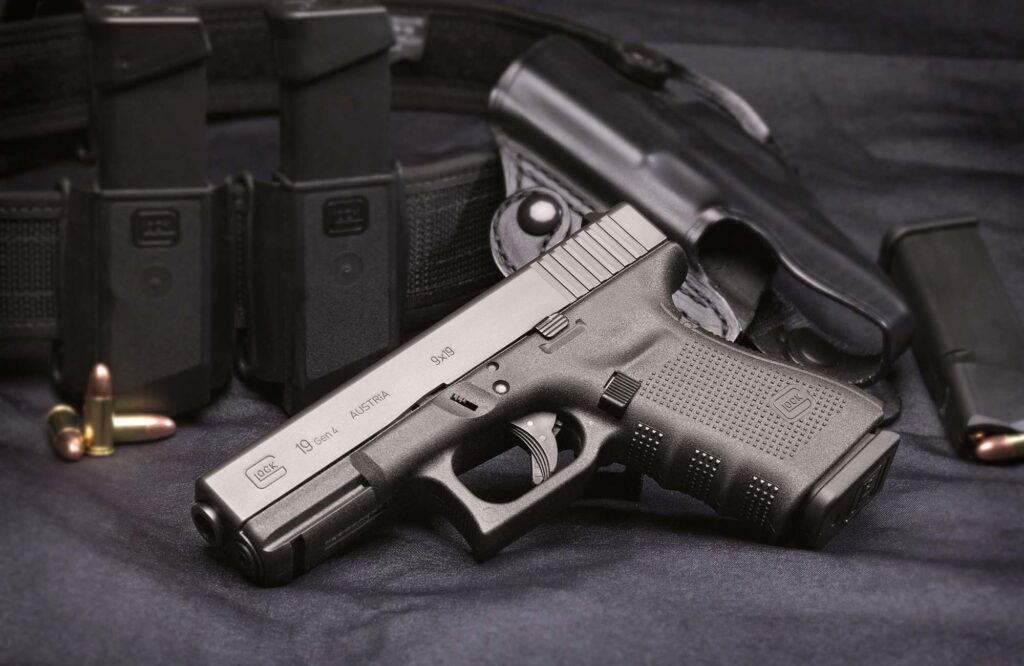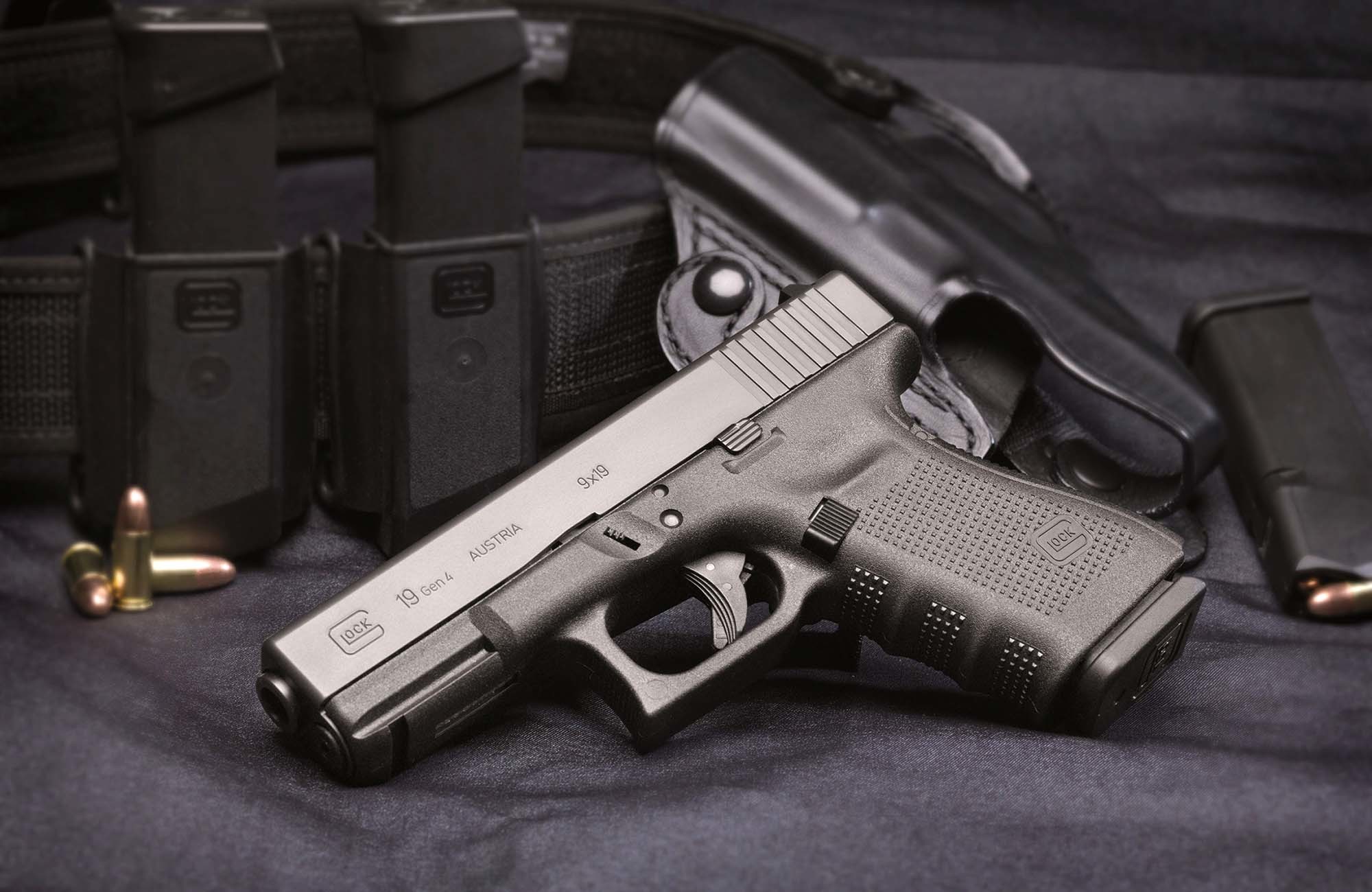
The .40 Caliber: A Comprehensive Overview of Its History, Performance, and Applications
The .40 caliber, specifically the .40 S&W (Smith & Wesson), is a centerfire pistol cartridge that has garnered significant attention and adoption within law enforcement, self-defense, and sport shooting communities. This article provides a detailed exploration of the .40 caliber, covering its origins, ballistics, applications, and ongoing debates surrounding its effectiveness. Understanding the nuances of the .40 caliber requires a look at its historical context and the reasons for its development, as well as a thorough examination of its performance characteristics.
The Genesis of the .40 S&W
The .40 S&W was developed jointly by Smith & Wesson and Winchester in 1990. Its creation was largely a response to the 1986 FBI Miami shootout, a tragic event that highlighted the limitations of the 9mm and .38 Special rounds then commonly used by law enforcement. The FBI sought a cartridge that offered improved stopping power compared to the 9mm, but without the recoil and handling issues associated with the larger 10mm Auto. [See also: The History of Handgun Cartridges] The .40 caliber was conceived as a middle ground, providing a balance of power and manageability.
The original 10mm Auto was a powerful round, but its high recoil made it challenging for some agents to control effectively, especially in rapid-fire situations. The .40 S&W essentially shortened the 10mm case and reduced the powder charge, resulting in a cartridge that could be chambered in smaller-frame pistols while still delivering significant energy. This made it more appealing to a wider range of shooters, leading to its rapid adoption by law enforcement agencies across the United States.
Ballistics and Performance of the .40 Caliber
The .40 caliber boasts impressive ballistic characteristics. Typically, a .40 S&W cartridge fires a 180-grain bullet at a velocity of around 1,000 feet per second, generating approximately 400 foot-pounds of energy at the muzzle. Different bullet weights, ranging from 135 grains to 200 grains, are available, each offering slightly different performance characteristics. Lighter bullets generally offer higher velocities and flatter trajectories, while heavier bullets provide greater penetration. The .40 caliber delivers a significant amount of energy on target, contributing to its reputation for stopping power.
The actual performance of a .40 caliber round can vary depending on several factors, including the specific load, barrel length of the firearm, and the type of target. [See also: Ammunition Selection for Self-Defense] Gelatin testing, a common method for evaluating ammunition performance, typically shows that .40 S&W rounds can achieve adequate penetration depths and expansion, meeting FBI standards for duty ammunition. However, these results are often debated, as real-world performance can differ significantly from controlled laboratory conditions.
Recoil and Manageability
One of the key considerations when choosing a handgun cartridge is recoil. The .40 caliber produces more recoil than the 9mm, but less than the 10mm Auto. This increased recoil can make it more challenging to control the firearm, especially for inexperienced shooters. Proper grip, stance, and training are essential for managing the recoil of a .40 caliber pistol effectively. Many shooters find that they can adapt to the recoil with practice, while others prefer the lower recoil of the 9mm or the higher power of the .45 ACP.
Applications of the .40 S&W
The .40 caliber has found widespread use in several areas:
- Law Enforcement: For many years, the .40 S&W was a popular choice for law enforcement agencies. Its perceived stopping power and relatively compact size made it an attractive option. However, in recent years, many agencies have transitioned back to the 9mm, citing improvements in 9mm ammunition technology and the greater magazine capacity offered by 9mm pistols.
- Self-Defense: The .40 caliber remains a viable option for self-defense. Its significant energy transfer can be effective in stopping threats. However, the higher recoil requires practice and proficiency to ensure accurate and rapid follow-up shots.
- Sport Shooting: The .40 S&W is used in some shooting sports, such as USPSA (United States Practical Shooting Association) and IDPA (International Defensive Pistol Association). While not as popular as the 9mm in these disciplines, it still has a following among shooters who appreciate its power.
- Hunting: While not a primary hunting cartridge, the .40 caliber can be used for hunting small game at close ranges. However, its limited range and relatively low energy make it unsuitable for larger game.
The .40 Caliber Debate: Stopping Power vs. Capacity
The .40 caliber has been at the center of a long-standing debate regarding stopping power versus capacity. Proponents of the .40 S&W argue that its greater energy transfer provides superior stopping power compared to the 9mm. They believe that this increased stopping power is crucial in life-threatening situations, where quickly neutralizing a threat is paramount. [See also: The Science of Stopping Power] However, critics of the .40 caliber point to the increased recoil and reduced magazine capacity compared to the 9mm. They argue that the 9mm, with its improved ammunition technology, offers comparable stopping power with greater controllability and higher magazine capacity, allowing for more shots on target.
The debate over stopping power is complex and often subjective. There is no universally accepted definition of stopping power, and numerous factors can influence the outcome of a shooting, including shot placement, the type of ammunition used, and the physical and psychological state of the attacker. Ultimately, the choice between the .40 caliber and other cartridges depends on individual preferences, shooting abilities, and the specific circumstances.
Modern Advancements in .40 Caliber Ammunition
Like other ammunition types, .40 caliber ammunition has seen significant advancements in recent years. Manufacturers have developed new bullet designs and powder formulations that enhance the performance of the .40 S&W. These advancements include:
- Improved Hollow Points: Modern hollow-point bullets are designed to expand reliably upon impact, creating a larger wound cavity and increasing the likelihood of incapacitation.
- Reduced-Recoil Loads: Some manufacturers offer reduced-recoil .40 caliber loads that provide similar performance to standard loads but with less recoil, making them easier to control for some shooters.
- Frangible Ammunition: Frangible ammunition is designed to disintegrate upon impact with hard surfaces, reducing the risk of ricochet and collateral damage. This type of ammunition is often used in training environments.
.40 Caliber Handgun Models
Numerous handgun manufacturers produce firearms chambered in .40 S&W. Some popular models include:
- Glock 22/23/27: Glock pistols are known for their reliability and simplicity. The Glock 22 is a full-size .40 caliber pistol, while the Glock 23 is a compact version, and the Glock 27 is a subcompact model.
- Smith & Wesson M&P 40: The M&P 40 is a popular choice for law enforcement and civilian shooters. It features a modular design and comfortable ergonomics.
- Sig Sauer P229/P320: Sig Sauer pistols are known for their accuracy and durability. The P229 and P320 are available in .40 S&W and offer a range of features.
- Springfield XD/XD(M): Springfield XD and XD(M) pistols are known for their grip safety and high-capacity magazines.
The Future of the .40 Caliber
While the .40 caliber has faced increased competition from the 9mm in recent years, it remains a viable option for self-defense, law enforcement, and sport shooting. Its balance of power and manageability continues to appeal to many shooters. The future of the .40 caliber will likely depend on ongoing advancements in ammunition technology and the evolving preferences of law enforcement agencies and civilian shooters. Regardless of its future market share, the .40 S&W has left an indelible mark on the history of handgun cartridges and will continue to be a subject of debate and discussion for years to come.
Conclusion
The .40 caliber, born from a need for a balanced cartridge between the 9mm and 10mm, has proven its worth over the decades. Its history is intertwined with law enforcement needs, and its performance continues to be debated and refined. Whether it’s the best choice for an individual depends on their specific needs and abilities, but the .40 caliber remains a powerful and relevant option in the world of firearms.

